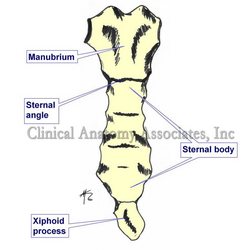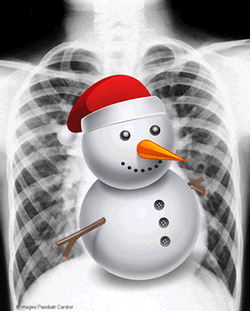|
At the beginning of 1998, Clinical Anatomy Associates, Inc. was formed as an Ohio Corporation. Our mission is to deliver industry relevant, cutting-edge Training, Marketing, and R&D services that will enable our clients to gain a competitive advantage. Over the past two decades, Clinical Anatomy Associates, Inc. has become the go-to R&D resource for feasibility studies that require cadaver studies and anatomical research. We are also a preferred training solution for Sales Representatives, Distributors, Engineers, Clinicians, and Marketing Managers in the areas of Medical Terminology, Clinical Anatomy, and Surgical Procedures. Our expertise allows us to deliver training in a variety of medical and anatomical topics.
In 2012 Dr. Efrain A. Miranda, CEO of Clinical Anatomy Associates started "Medical Terminology Daily" (MTD), a website/blog as a service to the medical community, medical students, and the medical industry. MTD posts medical or surgical terms, its meaning and usage, as well as biographical notes on anatomists, surgeons, and researchers through the ages. These posts are also shared on Facebook to a group of followers.
20 year anniversary for Clinical Anatomy Associates, Inc. and 6 years for Medical Terminology Daily! Help us congratulate our staff and specially the contributors and friends of Medical Terminology Daily.
Our thanks to all our customers, friends, and contributors for an amazing 20 years!!! Looking forward to more!!
|






